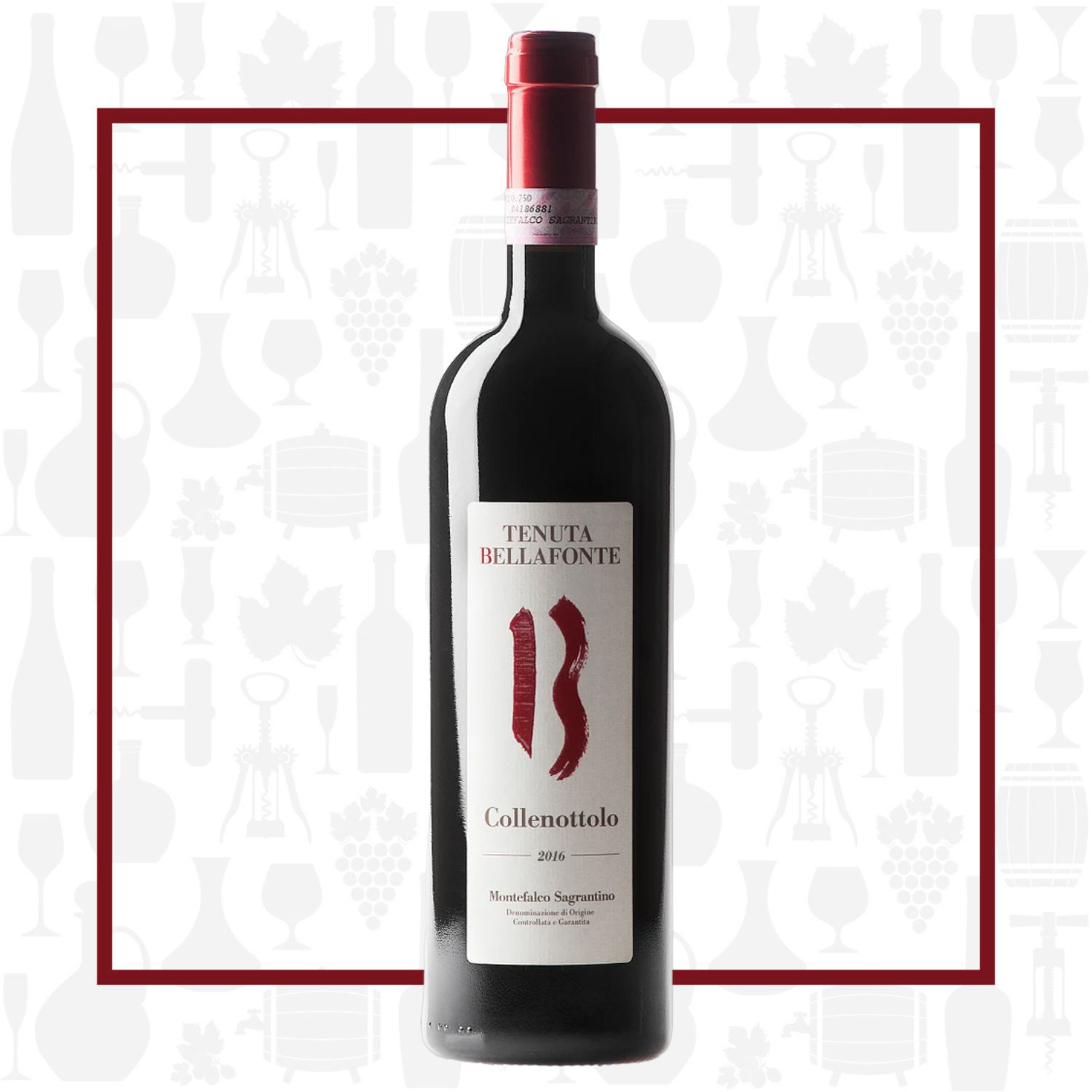Region
Bordered by the better-known wine growing regions of Tuscany, Marche and Lazio, Umbria has 13 different appellations and a slew of indigenous varieties. The best known wines of the region are the white Orvieto, made from a blend of local white grapes such as Grechetto, Malvasia and Trebbiano, as well as the brooding red wines made from Sagrantino. The region has hot, arid summers, rainy autumns and cool evenings throughout the growing season. The sub-appellation of Montefalco is one of the warmest in Umbria and its stony soils are laced with mineral deposits. Known as Italy’s “green heart”, winemaking has been conducted in the region for over 3000 years! The wines of Umbria — particularly Sangiovese-based Torgiano and Sagrantino di Montefalco — have great local exposure, especially in nearby Rome, but foreign markets have been slow to discover these structured, age-worthy beauties.
Vineyard
The organically-farmed estate vineyards, embedded amongst 2500 olive trees that the owners also tend to, are carefully managed to ensure the least amount of interruption of the local fauna and flora. The clay and marl vineyards sit on layers of arenaceous rock, rich in mineral and quartz. Both old and new vines are green-harvested early in the growing season to further reduce the already low yields and to focus the plants’ energy into the remaining berries.
Winemaking
Hand-harvested grapes from the ripest bunches in select vineyard spots are de-stemmed, but not crushed, before fermentation starts spontaneously with wild yeasts. The long, slow fermentation is controlled by the ambient temperature in the underground cellar. After primary fermentation is complete, the wine is transferred into huge, neutral Slavonian oak barrels for malolactic conversion and 36 months of aging, to soften the tannins and round out the wine. After bottling, without filtration, the wine refines in bottle for at least two years before release.
Varieties
Although the provenance of Sagrantino is debated, it is reputed to have originated in Greece and been brought to Italy by Byzantine Monks. Evidence of its cultivation in the Montefalco area dates to the Middle Ages. Almost all of the world’s Sagrantino is grown in Umbria, which has 600 hectares under vine. In the past, it was mainly used for religious ceremonies, hence the name “Sagrantino”, which stems from the Latin root word sacer meaning sacred, holy or dedicated to a divinity. This thick-skinned, relatively disease-resistant grape needs hot day to fully ripen. It is appreciated for its intensity, richness and suitability for aging thanks to its high content of polyphenols. But it tends to make some of the most highly tannic wines in the world and a deft hand in the winery is required to achieve elegance and drinkability.
Tasting Notes
Big, structured and dense, yet surprisingly elegant. Ripe aromas of blackberry, cassis, tomato leaf and mocha. The palate is extremely full-bodied, but the firm tannic backbone and seam of fine acidity keep it balanced. Flavours of black fruits, mocha,licorice, anise, pipe tobacco and olive. The long, black cherry finish has enough freshness to stop this hulking wine from being too ponderous. It screams for red meat to help manage the tannins or some aeration if enjoyed it on its own. This cellar starter can be savoured now or laid down to slumber for decades.

 info@buyersandcellars.ca
www.buyersandcellars.ca
info@buyersandcellars.ca
www.buyersandcellars.ca